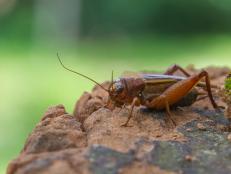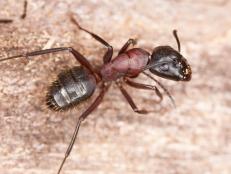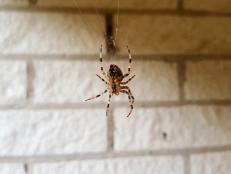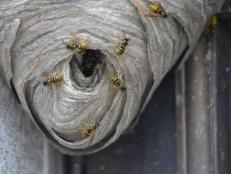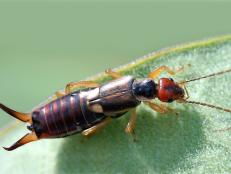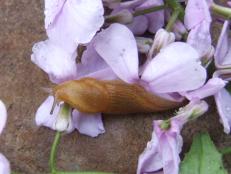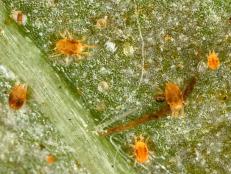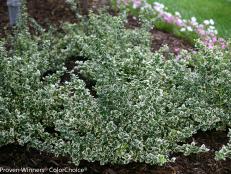Identifying Insect Pests
Find out how to deal with insect pests while leaving beneficial bugs alone.
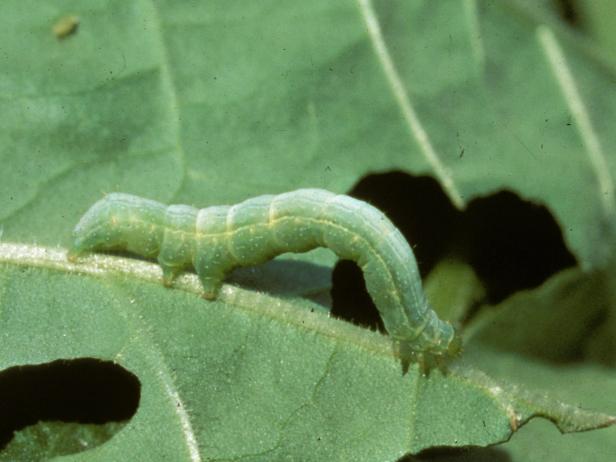
Image courtesy of R.J. Reynolds Tobacco Company Slide Set, R.J. Reynolds Tobacco Company, Bugwood.org
Tools and Materials
- notebook
- magnifying glass
- camera
- jar (for collecting samples)
- insect field guide
Step 1: Examine the Plant
If you suspect an insect is causing problems, examine the plant. Check the leaves, top and bottom, looking for insects, caterpillars, and egg masses. As you touch the leaves, watch for scurrying or flying insects. Jot down notes, take a photo, or collect a sample so you can research the possible culprits using a field guide or gardening reference. Wait to spray until you've made a positive ID. Many insecticides will kill not only pests but also beneficial insects, including predatory insects that eat the pests and pollinators like honeybees.
If a plant is struggling, consider non-pest causes first. For example, if you see a wilted plant, check soil moisture. Gardeners sometimes mistake symptoms of nutritional deficiencies -- yellowing leaves, stunting, weak growth, poor production -- as indications of pests. If you see symptoms like these, consider testing your soil nutrients and pH levels.
Step 2: Identify the Type of Pest
Entomologists (insect specialists) often categorize insects by how they feed.
Chewing insects eat leaves. Symptoms include holes, ragged edges, and "skeletonizing" -- eating the tissue between leaf veins. Examples include weevils, caterpillars, flea beetles, and Japanese beetles. Look for the telltale frass (excrement) of the larger of these pests.
Sucking insects pierce a hole in plant tissue and suck out the fluids. Signs include stippling on foliage or silvery bronze leaves and discolored blooms. Examples include spider mites, aphids, thrips, and leafhoppers. These pests often leave behind moltings -- the outer skin they shed as they grow.
Other insects, such as wireworms, feed on roots. Cutworms feed at ground level, girdling young seedlings.
Tips
Once you've identified that you indeed do have a pest problem, determine whether control is really necessary. Is the damage located on the leaves of a plant you'll be harvesting in a week or two? Control measures may not be warranted. However, many pests multiply quickly so keep a close eye on pest populations.
Once you've identified the pest, research its life cycle and habits. Some pests, such as leaf miners that tunnel into plant tissue, will not be affected by sprays. Controls will be more effective if you catch the insect in the most vulnerable part of its life cycle.






